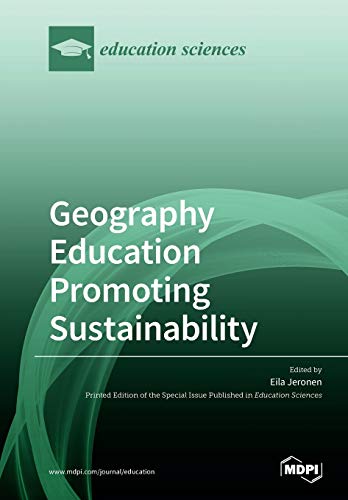

Most ebook files are in PDF format, so you can easily read them using various software such as Foxit Reader or directly on the Google Chrome browser.
Some ebook files are released by publishers in other formats such as .awz, .mobi, .epub, .fb2, etc. You may need to install specific software to read these formats on mobile/PC, such as Calibre.
Please read the tutorial at this link: https://ebookbell.com/faq
We offer FREE conversion to the popular formats you request; however, this may take some time. Therefore, right after payment, please email us, and we will try to provide the service as quickly as possible.
For some exceptional file formats or broken links (if any), please refrain from opening any disputes. Instead, email us first, and we will try to assist within a maximum of 6 hours.
EbookBell Team

5.0
110 reviewsThrough out the current period of educational change, Geography education has also changed. The innovations may be the starting point to affect conceptual change and paradigm shifts. Geography education assimilates and integrates knowledge, skills and scientific methodologies. The ten articles in this book illuminate a wide range of topics of interest to Geography education. In their article, Skarstein and Wolff discuss how the interplay between the environment, society and economy pillars of sustainability thinking play out on scales of time, space and multitude and how geography teachers can support the students’ understanding of sustainability. Yli-Panula et al. analysed used teaching and learning methods to find out good ones for promoting sustainability in geography. The same idea can be found in Duffin's and Perry’s article on Place-Based Ecology Education. In their article, Dür and Keller discuss the topics of quality of life, sustainability and global justice based on the goals of Education for Sustainable Development. Evaluation is an important part of learning. It is reviewed by Schauss and Sprenger regarding climate change education. The following two articles deal with students' views of landscapes worth conserving. In both studies, students expressed concern about the state of the environment. Yli-Panula et al. found that the Mexican students seldom considered their own activities in relation to the environment while Yli-Panula et al. stated that only some of the Finnish and Swedish students act as observers while others actively care for their environment. The remaining three articles deal with teaching methods and models. Benninghaus et al. present a benchmark method, which allows statements about the quality of the maps/diagrams in general. Álvarez-Otero and De Lázaro y Torres, on the other hand, describe their Technological Pedagogical Content Knowledge model. Kopnina and Saari discusses student assignments reflecting on the documentary film through critical pedagogy and ecopedagogy.